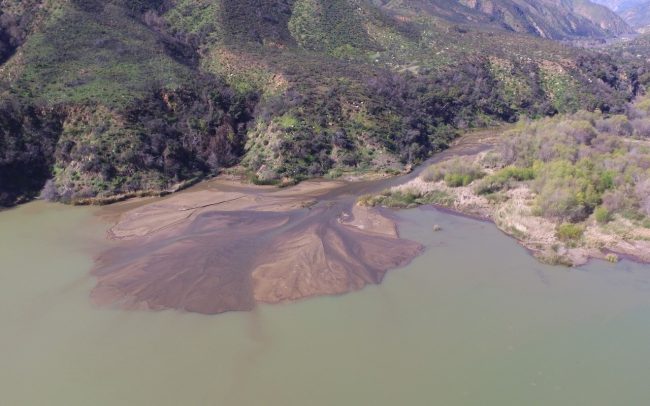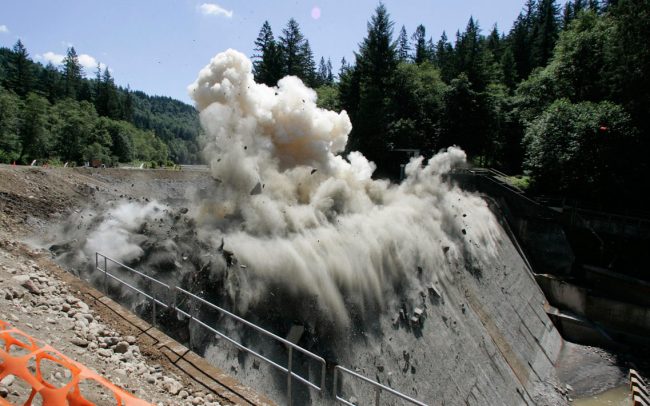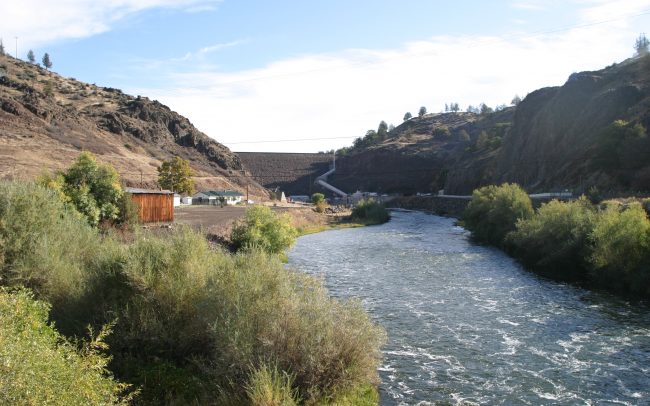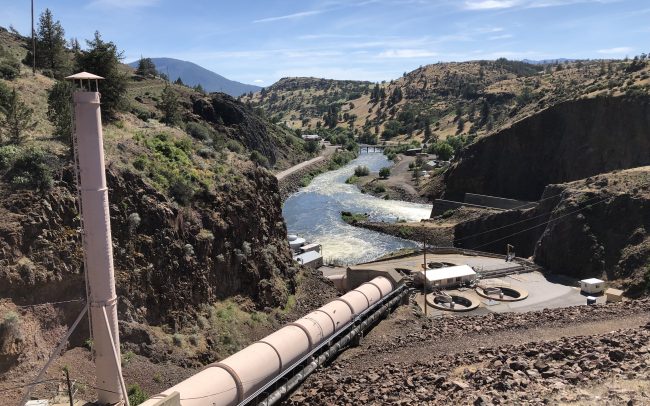Stillwater Sciences has been working collaboratively with URS (now AECOM) to revisit the 20-year old Matilija Dam removal project on Matilija Creek, a major tributary to the Ventura River in Southern California. Upon reviewing more than a dozen previously-discussed dam removal alternatives and concepts, the team determined that all the previous dam removal alternatives were based on the assumption that more than 2 million cubic yards of fine sediment deposit needed to be mechanically removed prior to dam removal in order to minimize its downstream impact, which leads to high project cost and difficulty for the disposal of the mechanically-removed sediment. As a result, the team focused its effort on finding a sediment management and dam removal alternative that would result in potentially acceptable fine sediment impact without mechanical sediment removal. With the help of preliminary sediment transport modeling and analyses, the team eliminated the phased dam removal alternative for consideration due to its relatively high cost and multiple impacts. The final selected dam removal alternative included the installation of large orifices in the bottom of the dam that will only be opened prior to a significant hydrologic event (a four-year recurrence interval or greater) that is capable of flushing the majority of the fine sediment out to the ocean. Once the majority of the sediment has been flushed out from behind the dam, the concrete dam structure can be removed.
Currently, Stillwater and partners are working on analyses to support 65% design plans for this preferred dam removal alternative. Specifically, Stillwater scientists have been leading the sediment transport and hydraulic modeling component of the project, simulating how the coarse sediment stored behind the dam will be transported through the Ventura River and how that sediment deposition will affect flood risk for numerous adjacent populated cities and communities. Stillwater conducted sediment transport modeling in DREAM-2 for a variety of existing- and future-condition scenarios. Next, Stillwater utilized the increased channel aggradation predicted by DREAM-2 to develop a future-conditions hydraulic model in HEC-RAS that predicted 100-yr floodplain depths and extents. These model results are being used by the project team and Ventura County to assess flood risks associated with the project and develop plans for infrastructure improvement to reduce these risks.




